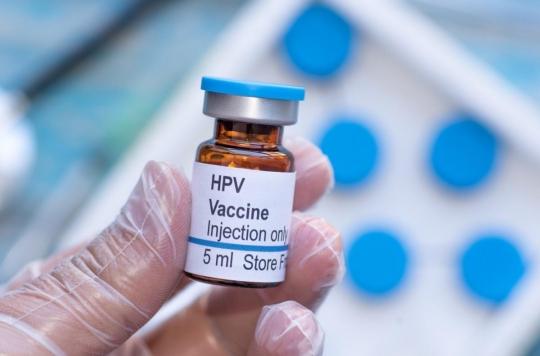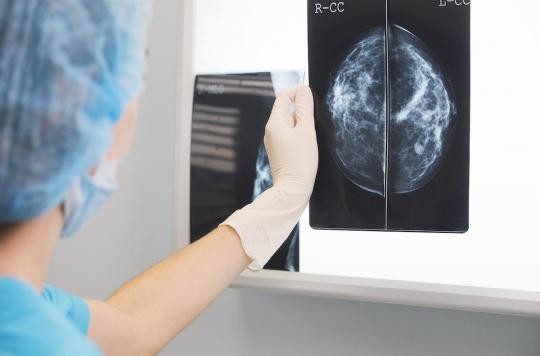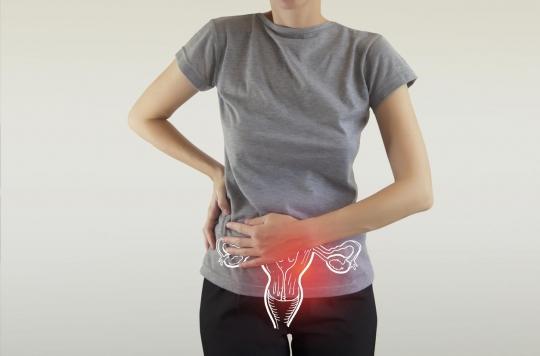The integration of a node attack criterion seems very interesting for choosing the therapeutic strategy during oral cancer.

Patients with an aggressive form of oral cancer should receive more intensive chemotherapy and radiotherapy after surgery, while those whose disease seems less aggressive may go without all of these treatments. But current criteria for determining the severity of oral cavity cancer remain insufficient.
To improve the classification of patients, researchers at the University of Colorado Cancer Center have shown that the ratio of lymph nodes affected to the number of lymph nodes removed (Lymph Node Ratio or LNR) seems to be a more predictive criterion for the prognosis of patient than the traditional lymph node staging method. These results are published in the journal JAMA Otolaryngology.
A retrospective study
The researchers gathered information on 149 patients treated with surgery and/or post-surgical treatments for locally advanced oral cavity cancer at the University of Colorado between 2000 and 2015. These patients had a median of 29 lymph nodes removed during surgery and about 9% of these nodes were positive for cancer. But, in reality, some patients had an LNR greater than 10%, while others had a particularly low or even zero LNR.
This study shows that patients with an LNR greater than 10% had about 2.5 times more risk of cancer recurrence and 2.7 times more risk of death than patients with an LNR less than 10%.
An essential criterion
This study also confirms the interest of the few risk factors already identified in many previous studies: being non-white, uninsured or insured by Medicaid, having a larger primary tumor, having “margins” affected around the cancer, even after surgery, or having tumors that had already invaded surrounding tissue predicted shorter overall survival.
But the Lymph Node Ratio seems to be the most predictive criterion of the patient’s prognosis
Improve staging
Five years after diagnosis, only 40% of patients with locally advanced oral cancer are still alive. The question is who is likely to benefit from the most painful and also the most expensive treatments: the patients most exposed to the risk of recurrence after surgery could receive the most aggressive combinations of radiotherapy and chemotherapy, or even immunotherapies .
The current nodal staging system for oral cavity cancer is based on the size, number, laterality, and spread of the tumor outside the capsule of the affected lymph nodes. In other types of cancers such as breast cancer, doctors and surgeons have long used the ratio of lymph nodes that are cancer positive to those that are surgically removed in order to choose treatment.
This study adds to a growing number of studies supporting the use of NRL to identify patients most at risk of recurrence and death from locally advanced oral cavity cancer. However, larger scale studies are needed to verify these results before integrating the NRL into the current recurrence risk assessment process.

.

















